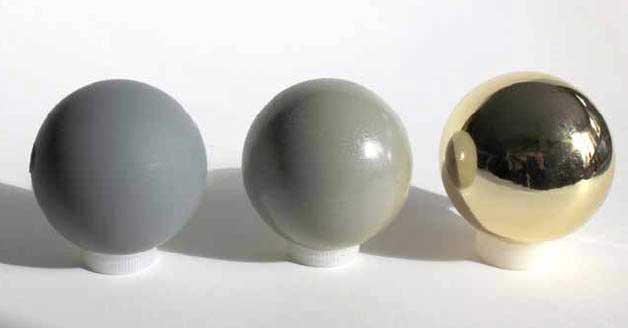Reviewed by Anurag Mishra (Sr. Technical Consultant)

With the rising inclination of users towards glossy colours, there is a rising demand for gloss meters in different industries. Clothing, apparels, cosmetics, toys, utility items, automobiles, gadgets, eatables and what not. Matching with consumers’ taste, the advertising industry is also moulding in this way. Utilisation of glossy finish and banners is also becoming popular. Now here comes a question, how much gloss is too glossy? Quite complicated? Let me simplify, how will you decide the glossiness of the texture to achieve the consistency throughout the product line.
If done visually, it is the most difficult task on the planet. Due to the difference in human perception and liking, every person has a different opinion about a colour and its gloss factor. To standardise this, colour measurement instruments like gloss meters are launched and are being used widely.
The gloss is a property of the material to reflect the light in specular direction or mirror like the direction. The topography of the surface plays an important role in deciding the glass factor. If the surface is reflecting the light by diffusing it, the surface will appear matte`. On the other hand, smooth surfaces reflect the light appearing it to be glossy.
Gloss meter is an instrument that captures the shining effect of the surface or texture and quantifies it at different angles. Depending upon the requirement, the glossiness can be measured at three angles,
A gloss meter can be used to measure a specular reflection of ceramics, wood, plastic, paint, paper and metals. Depending upon the type of surface, the angle of measurement is chosen. The instrument has an incident light and detector to measure the reflected light. It measures the correlation between shining and visual gloss. The sample that is to be measured is placed flat on the surface. The incident light would reflect from the surface is captured by the detector. The signal is processed to display in the human-readable form. With the change in the angle of the surface, the correlation would change.
Gloss meter is widely used to measure the quality of the product based on the glossiness of the surface. If you are looking for a Gloss meter, contact our experts.